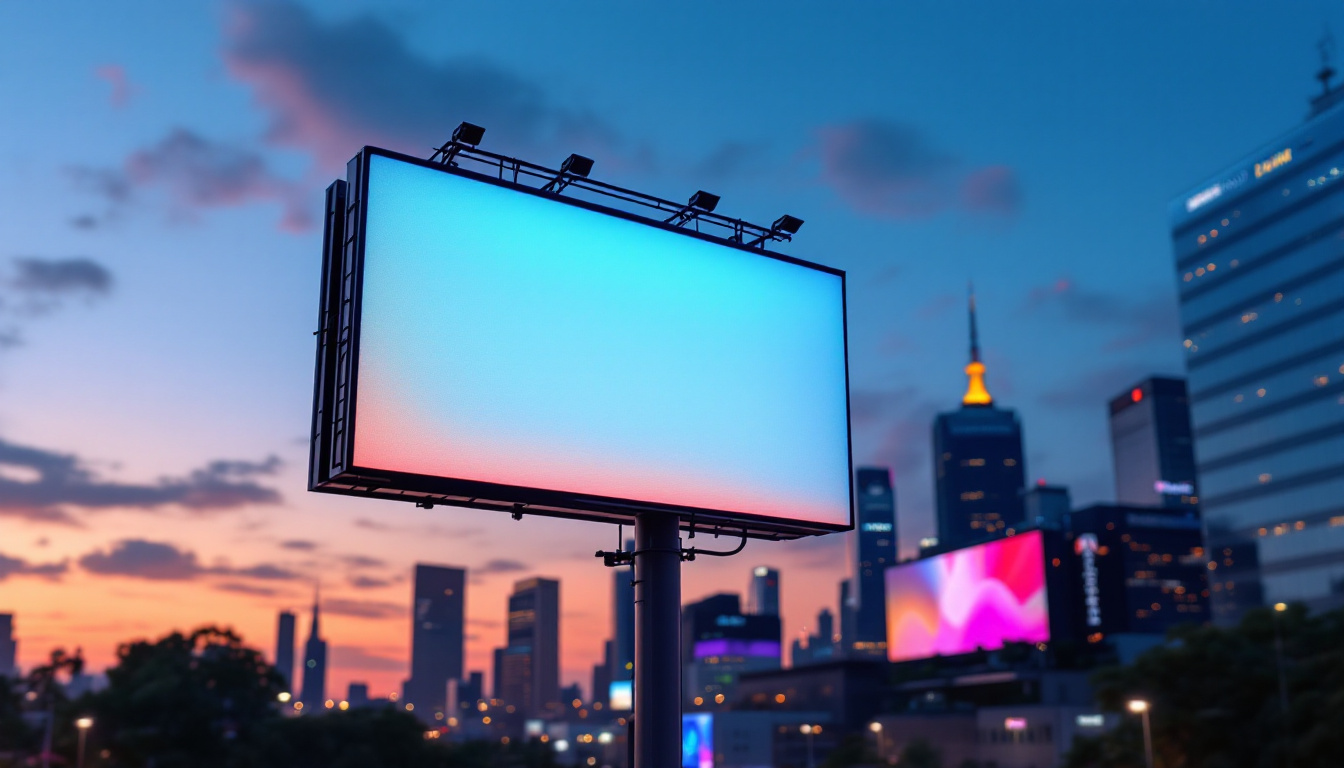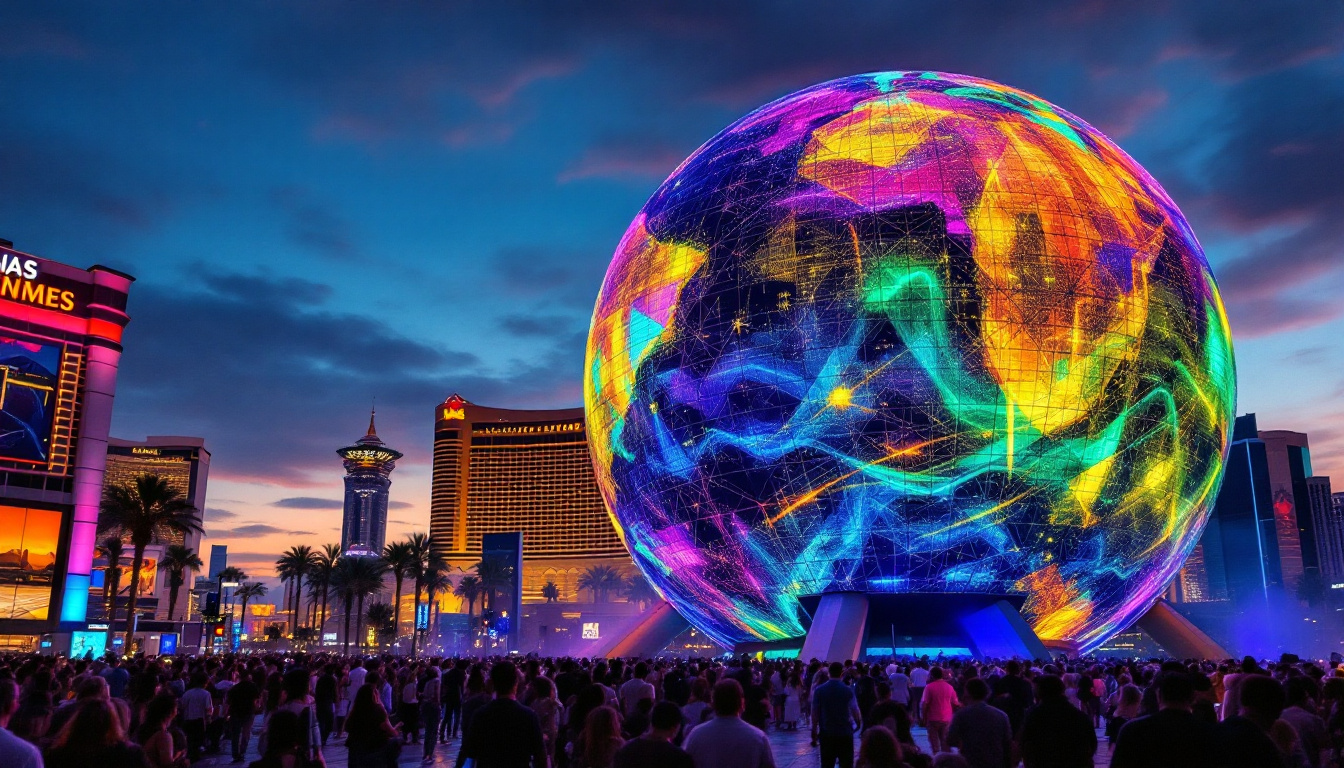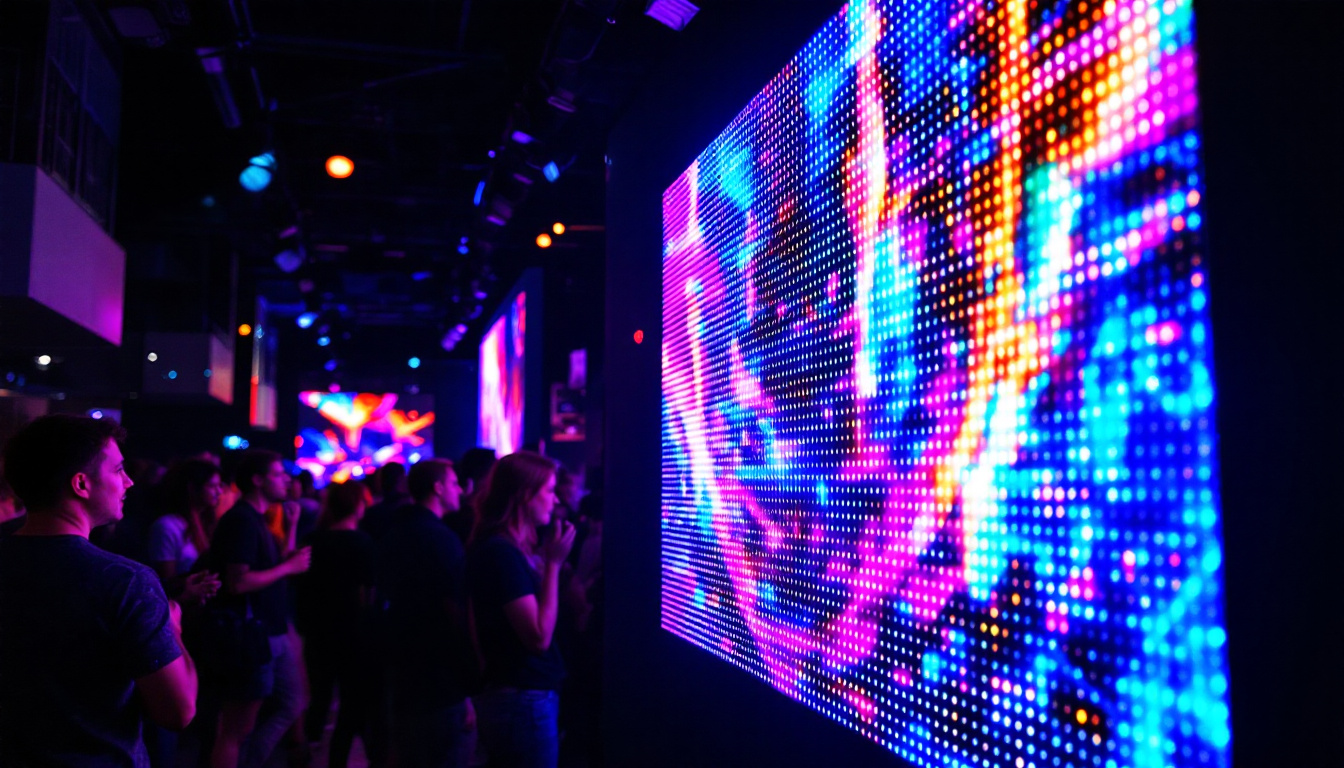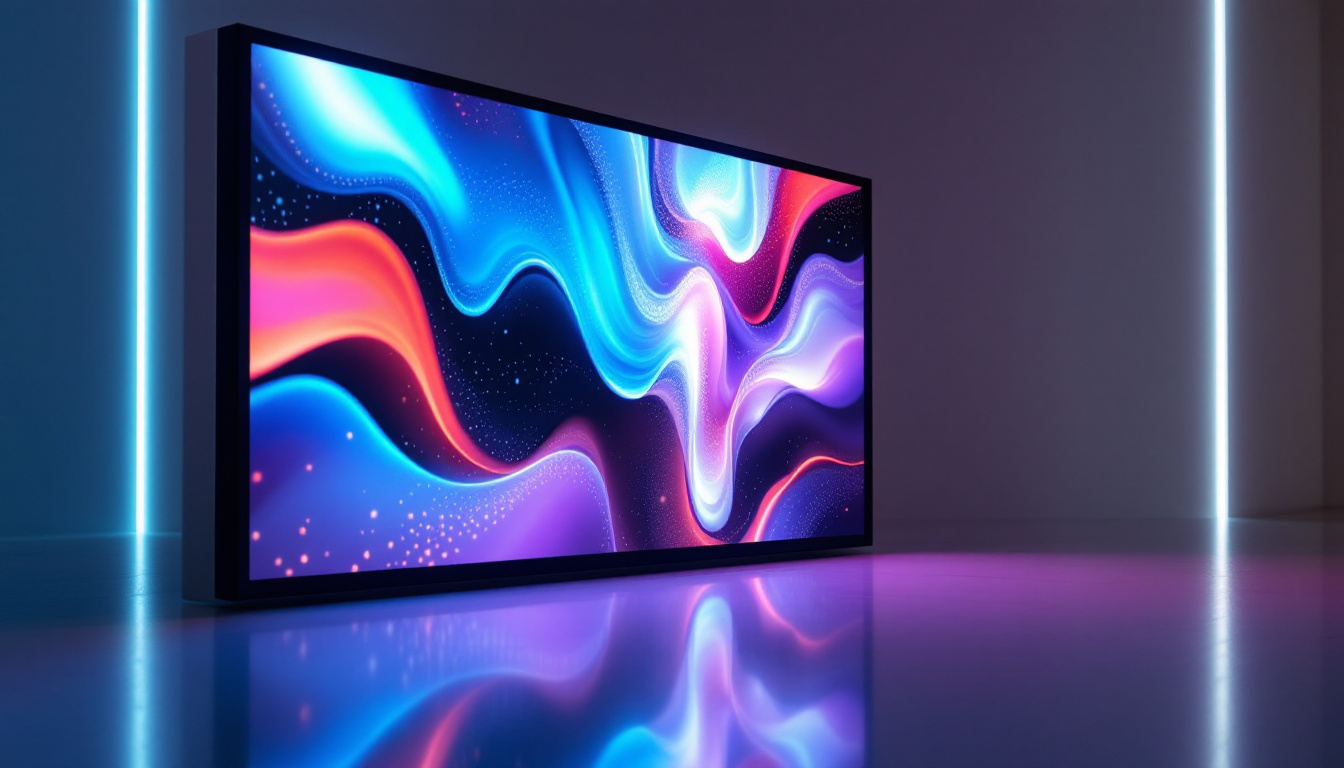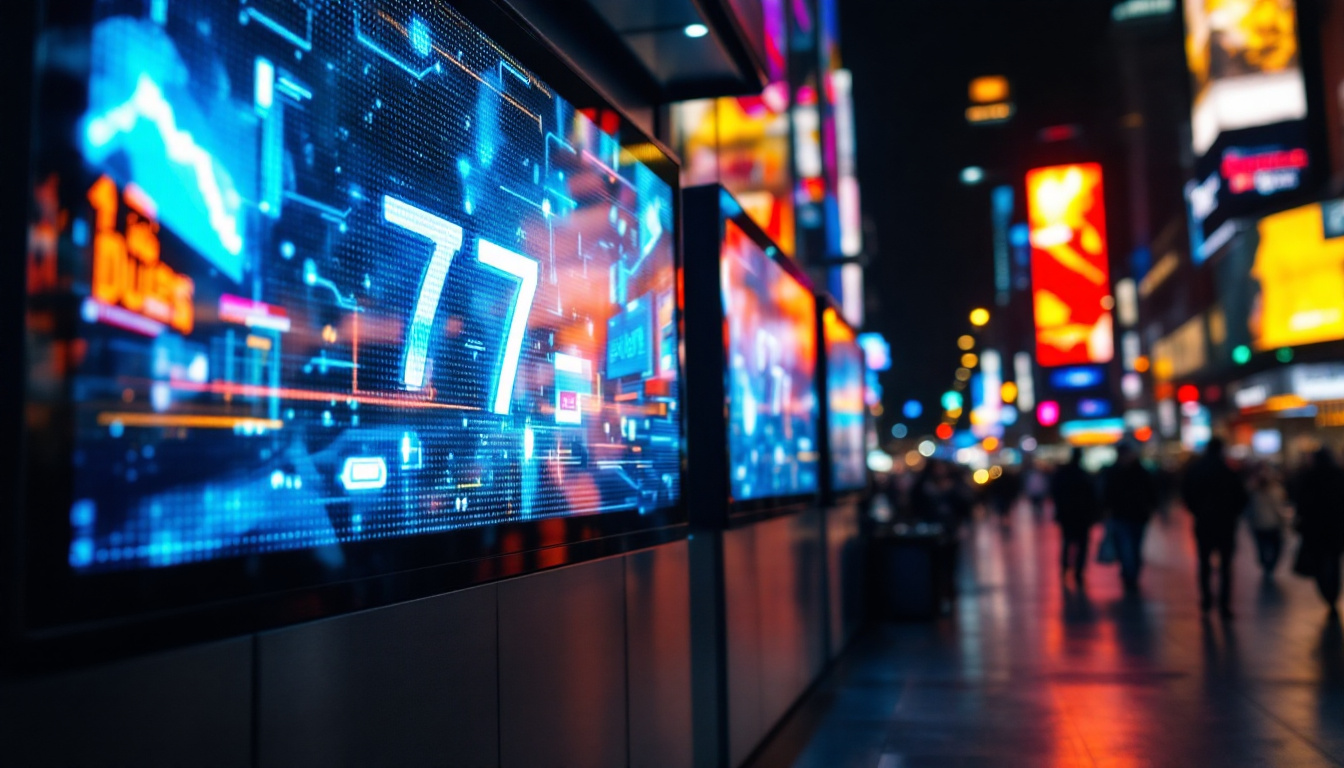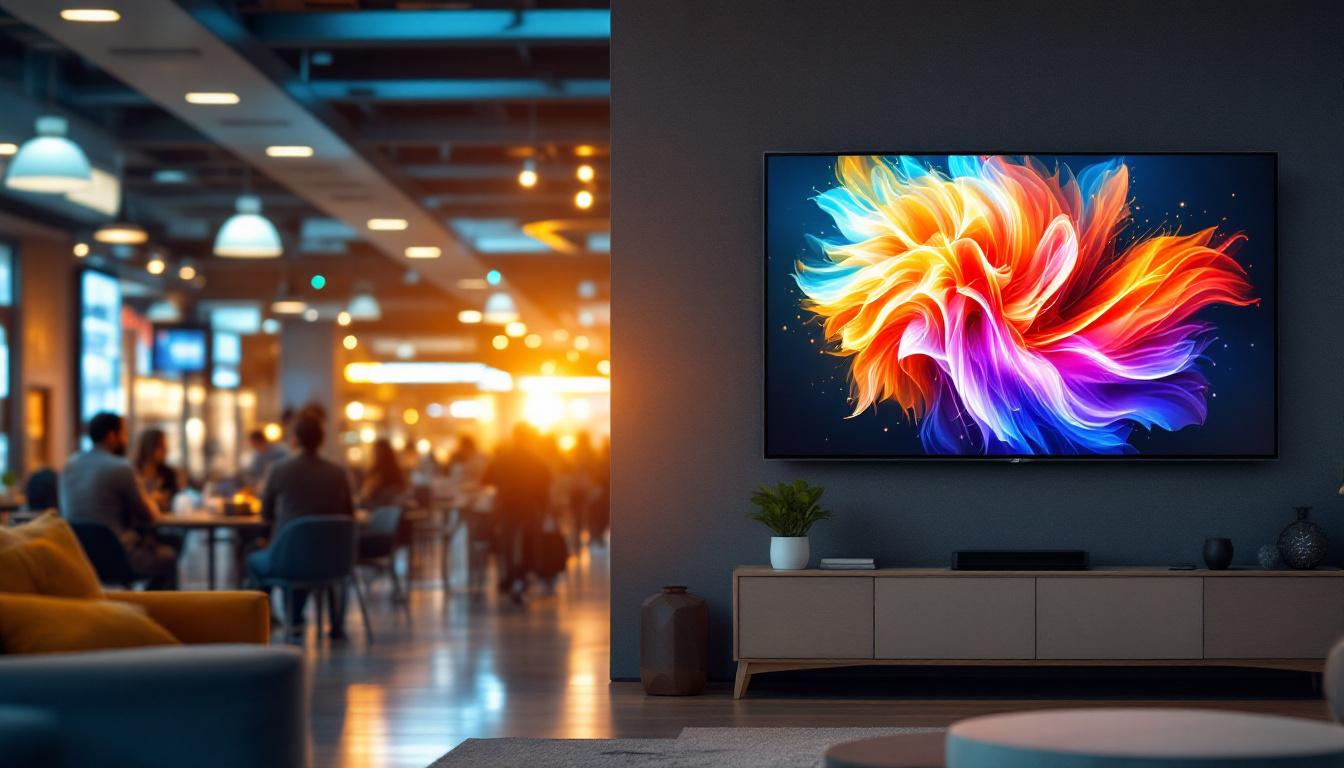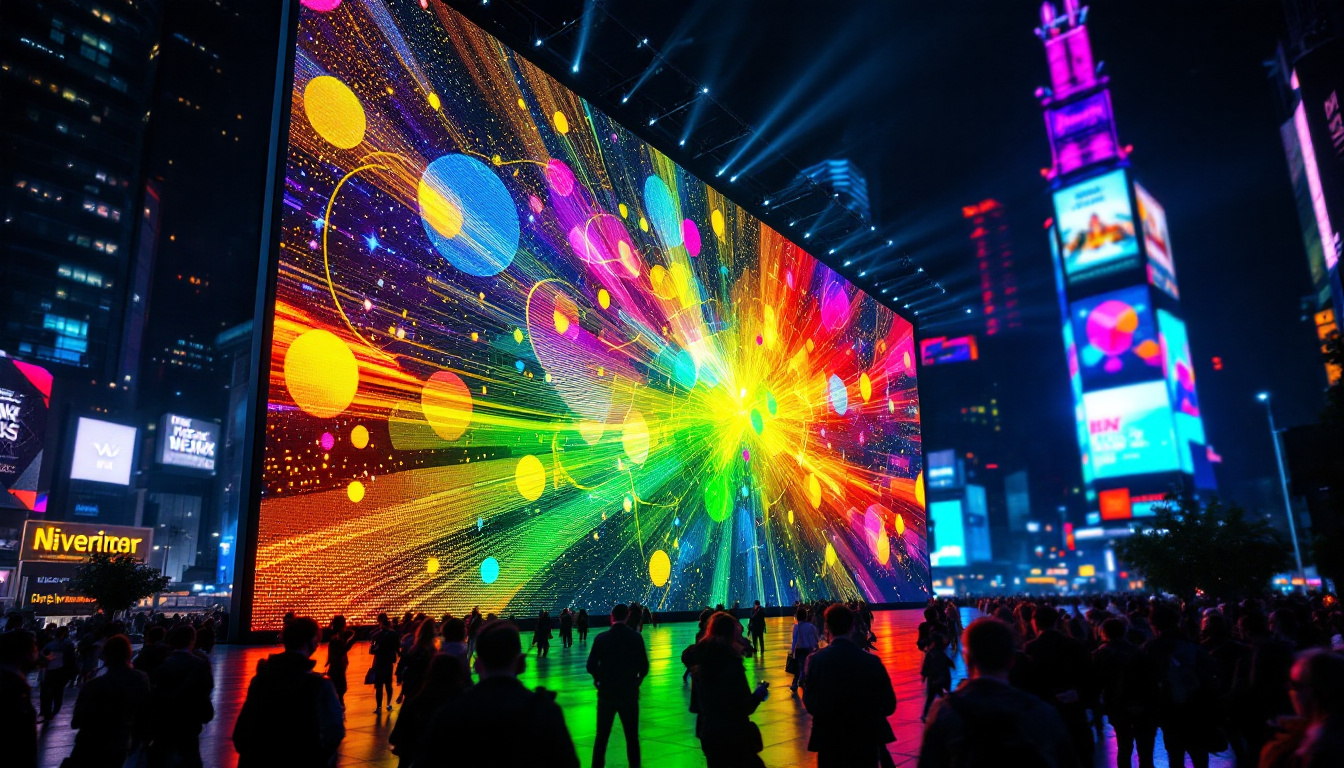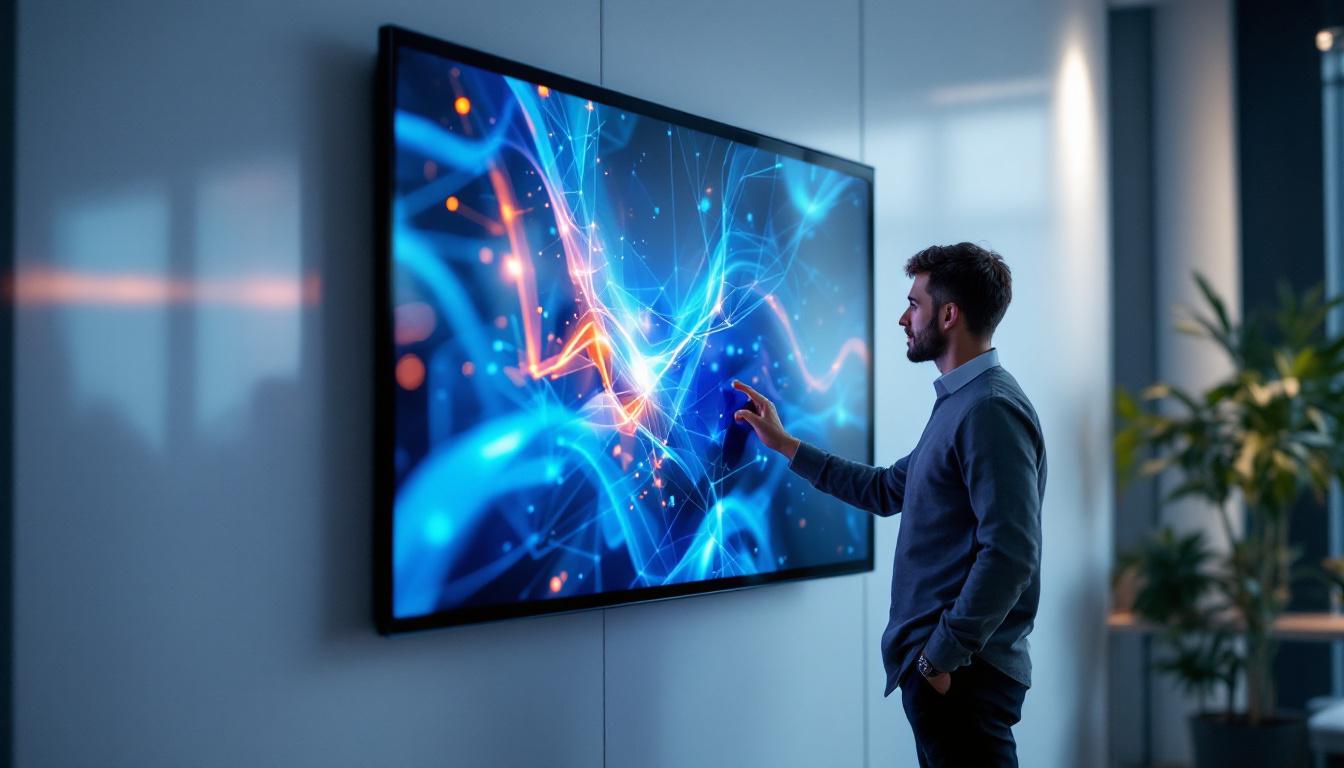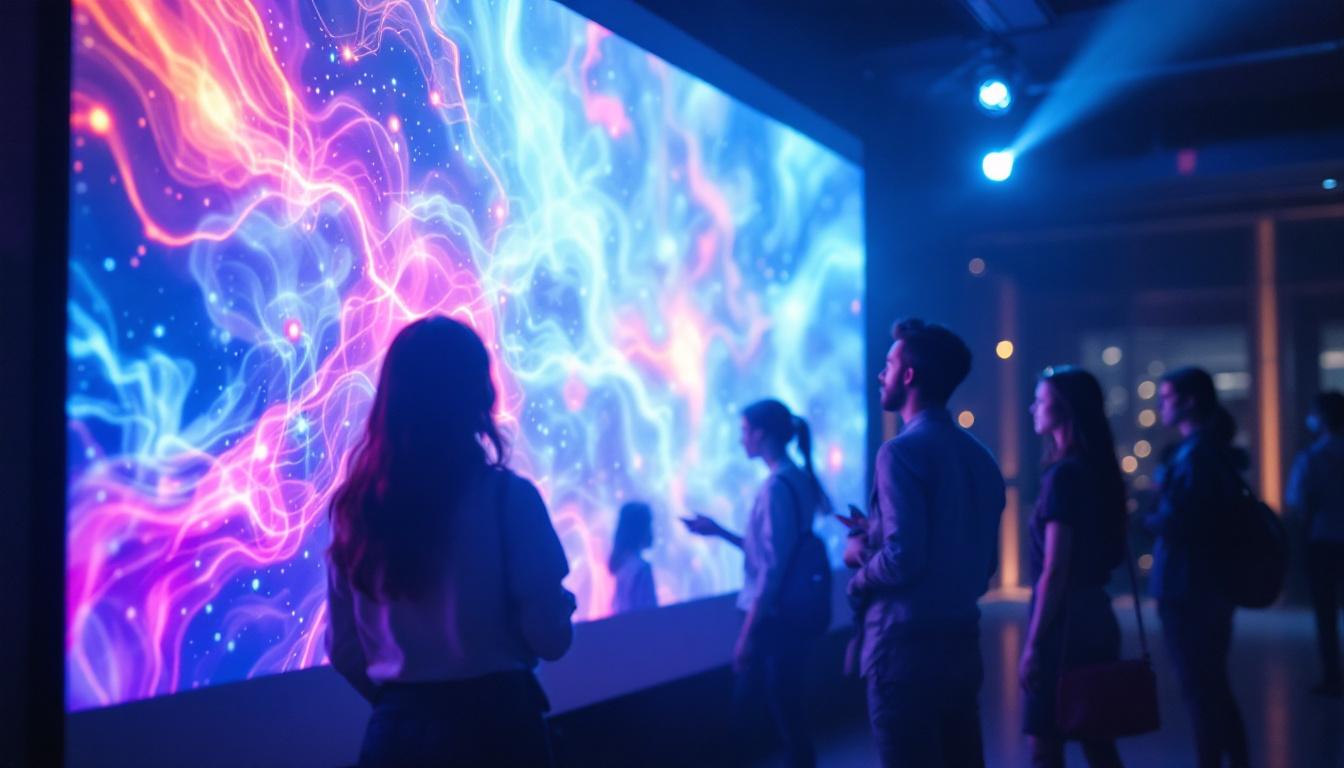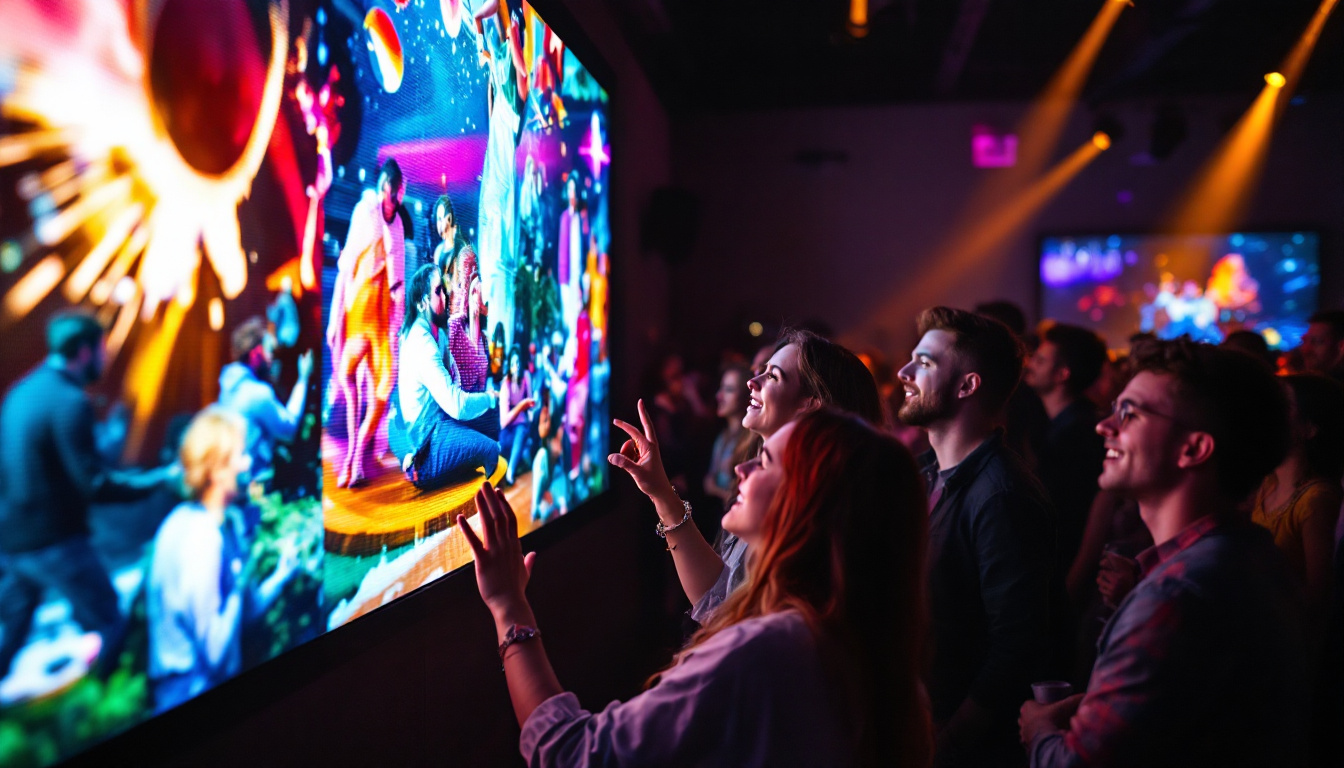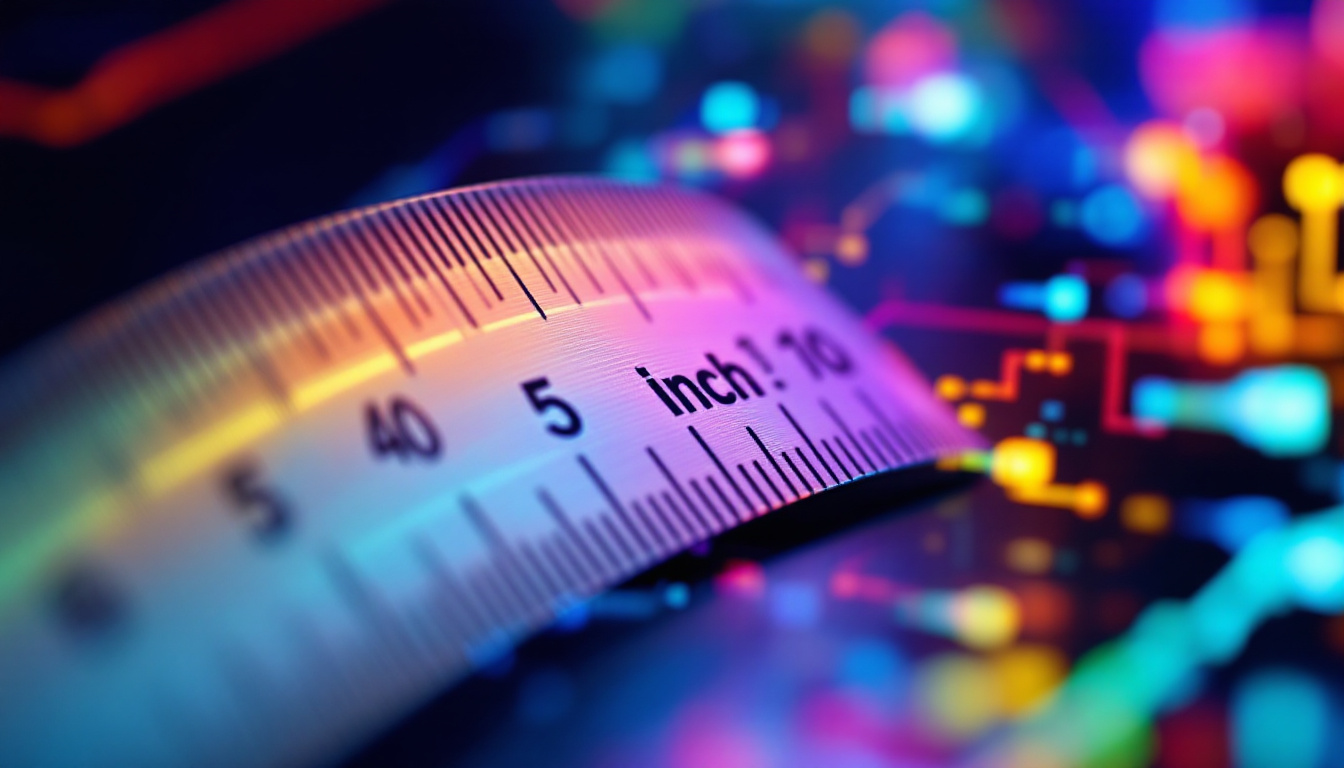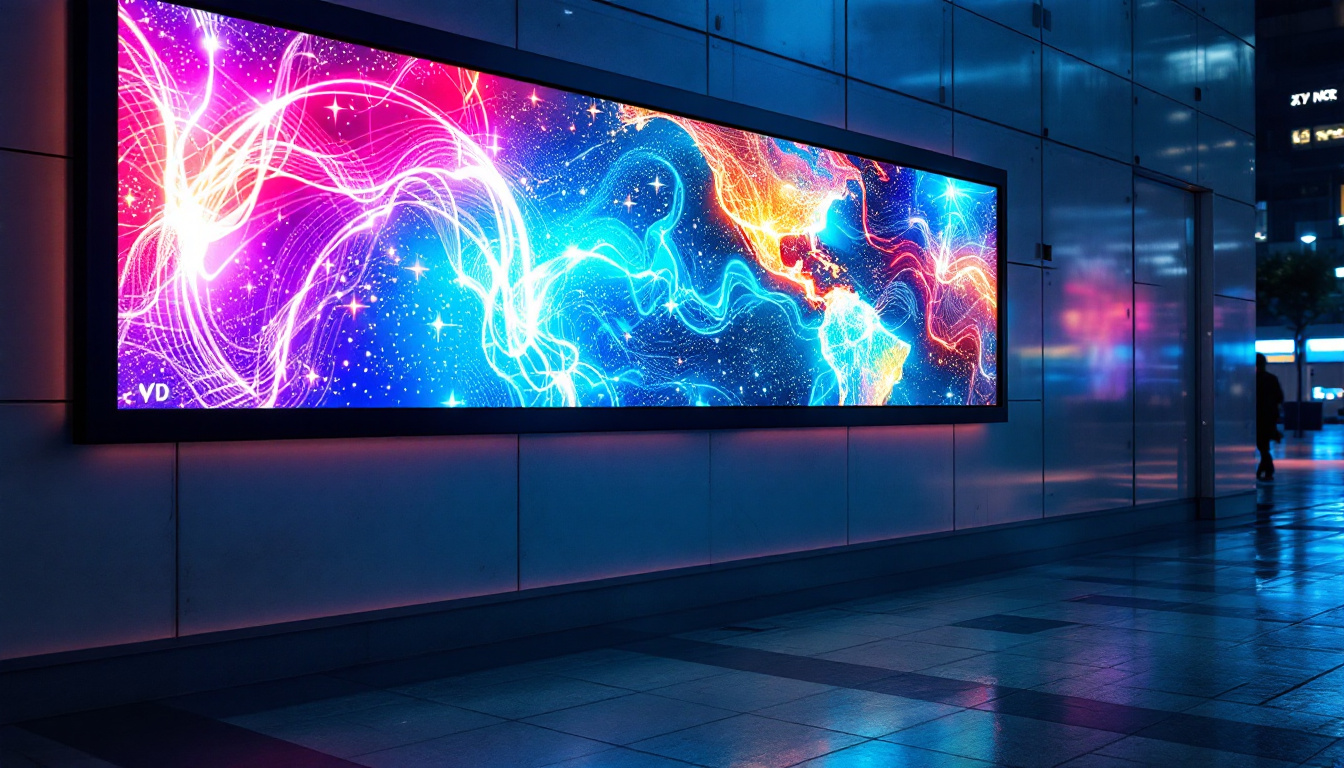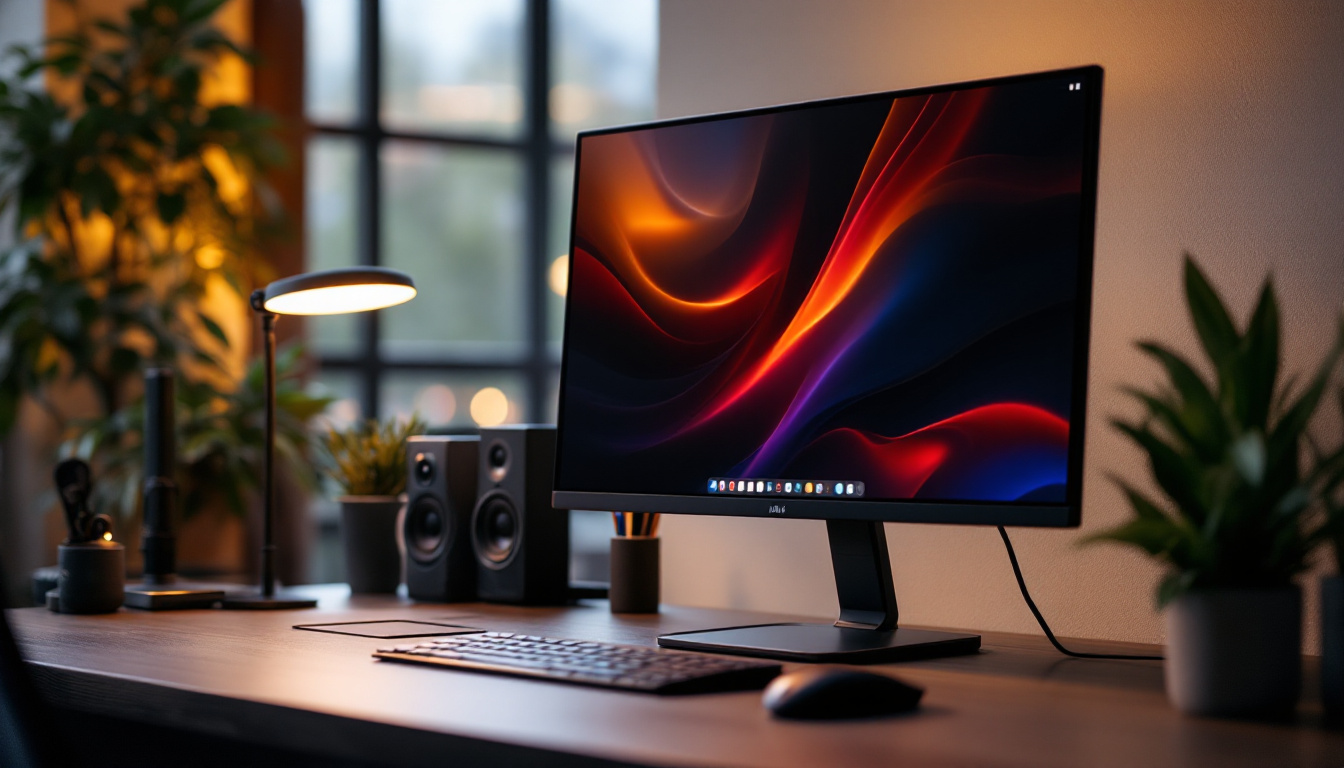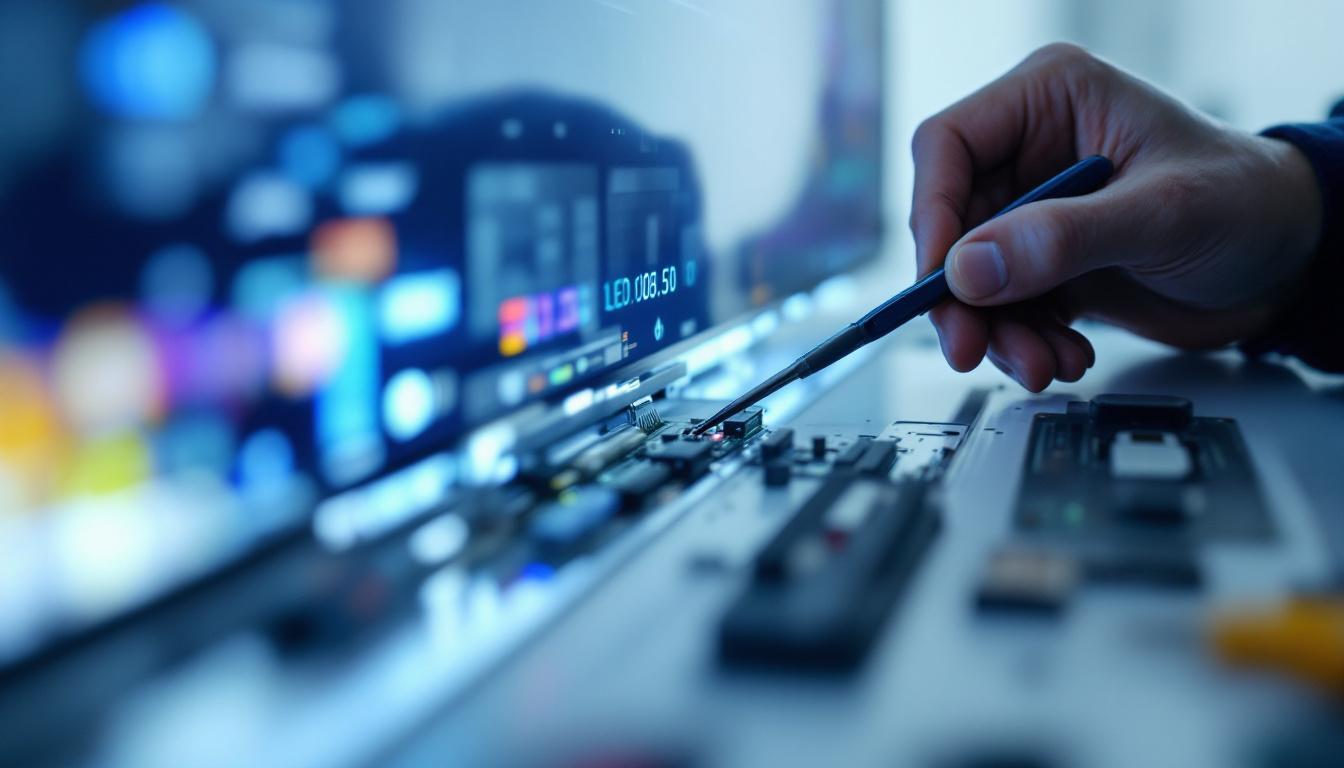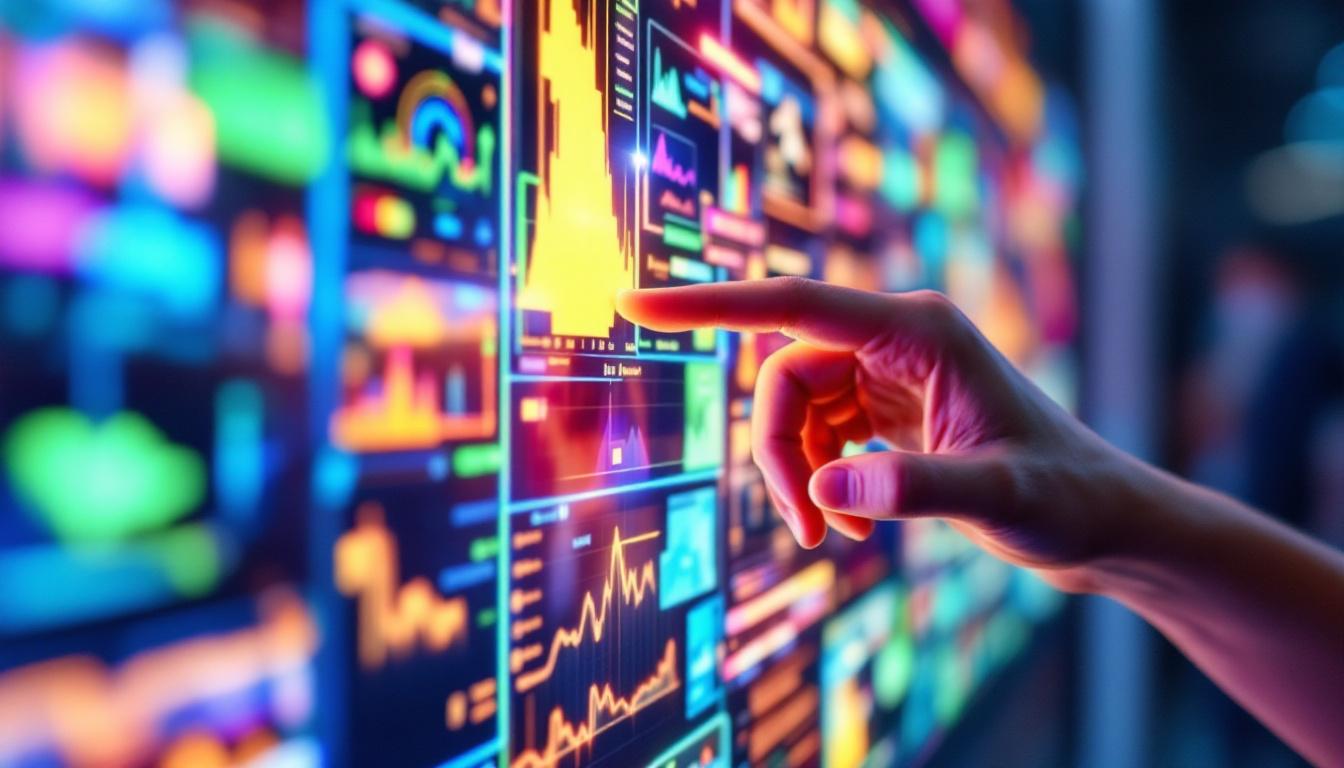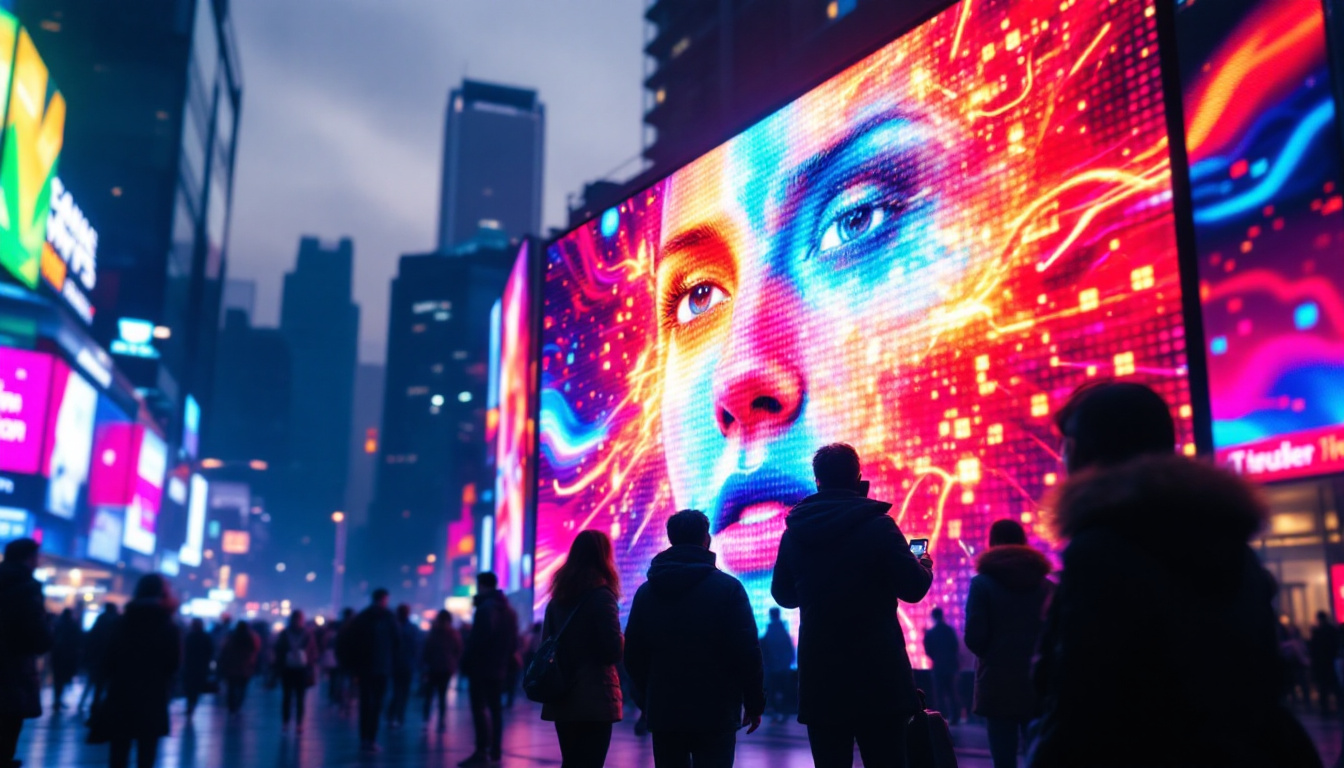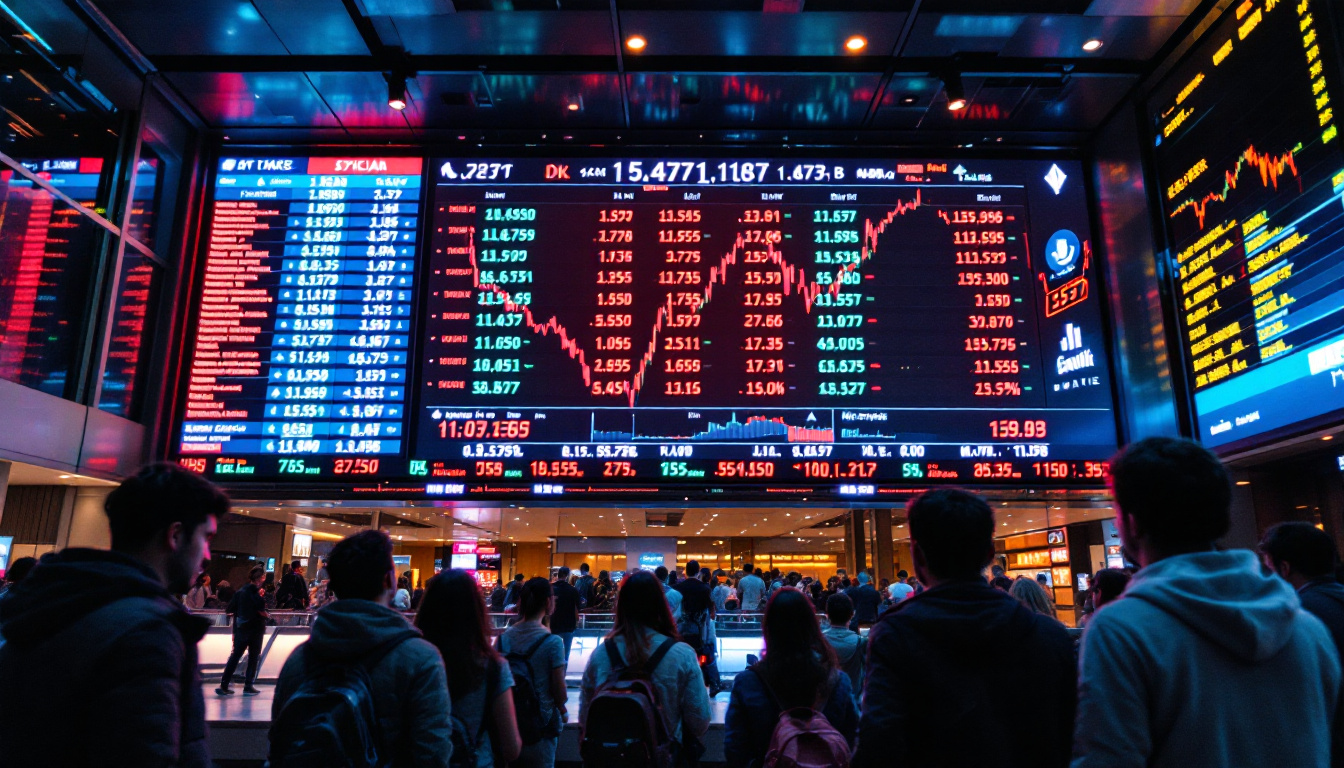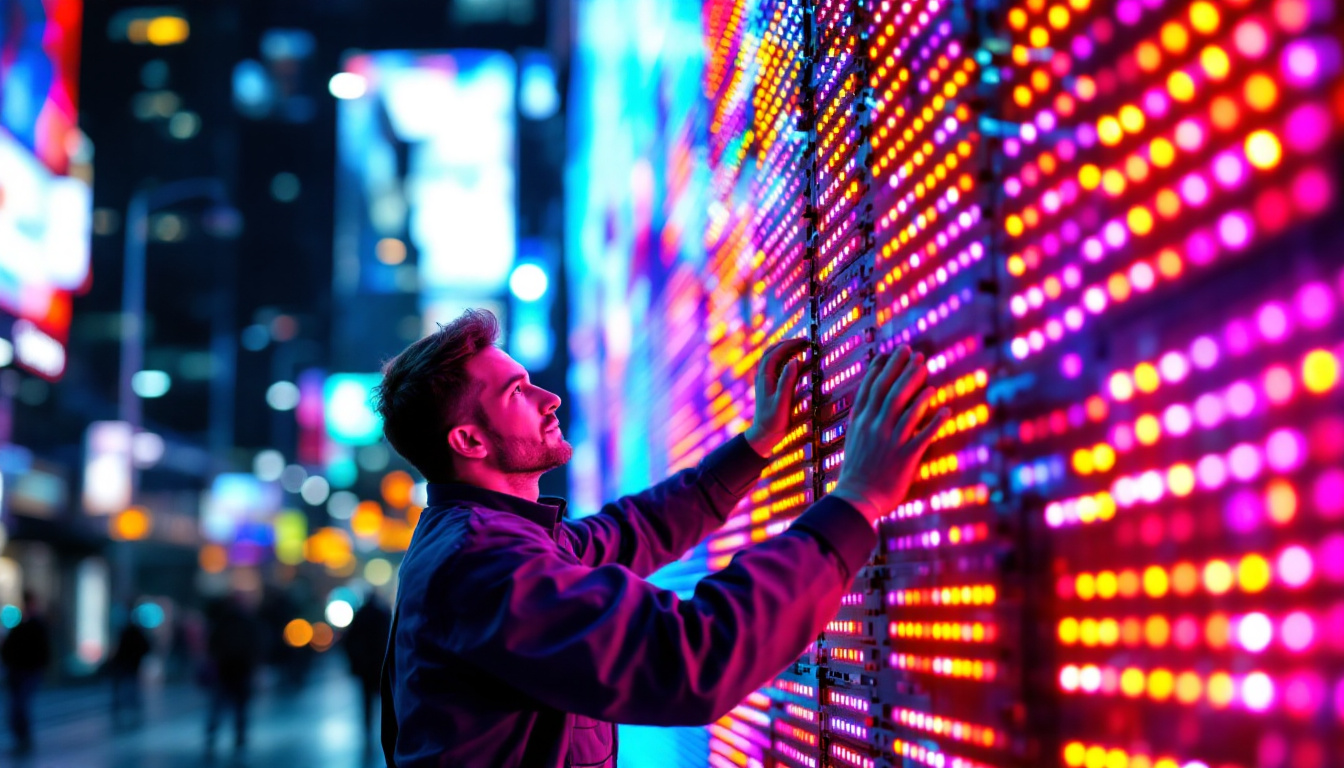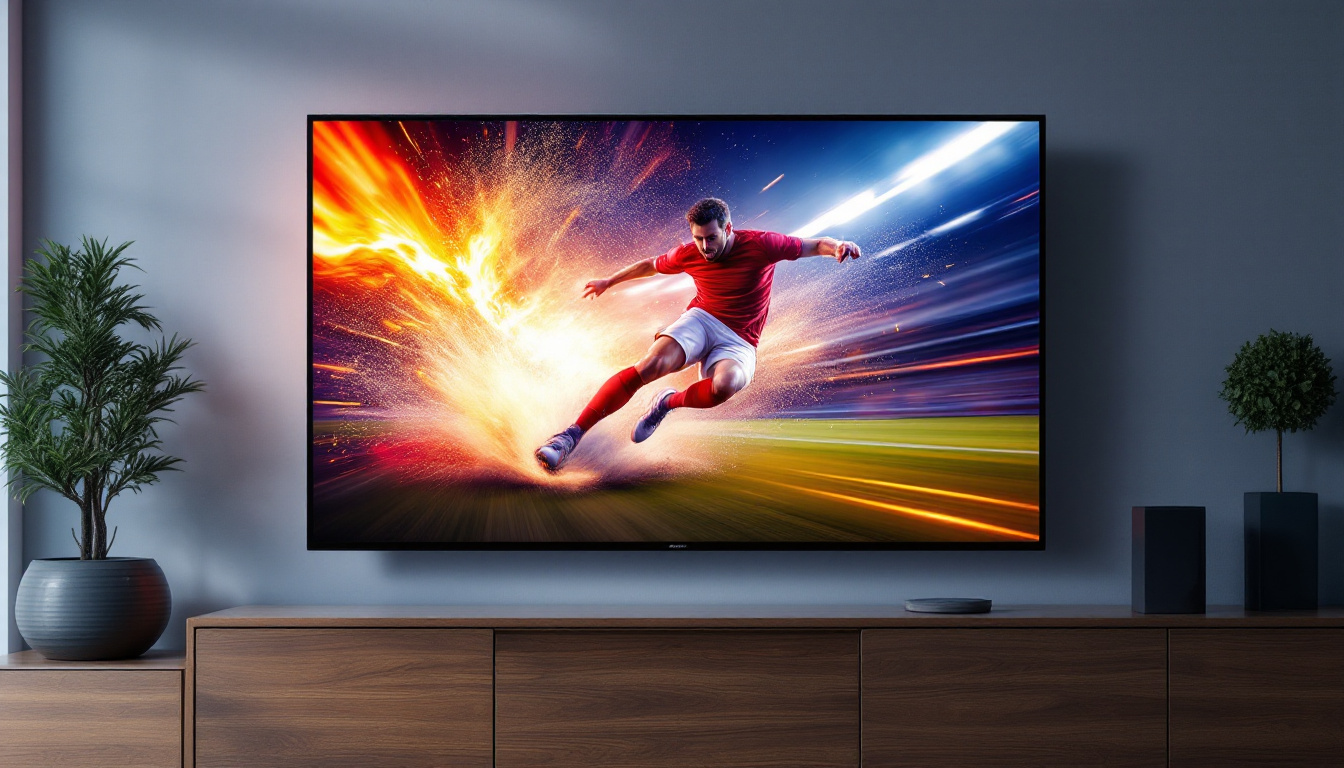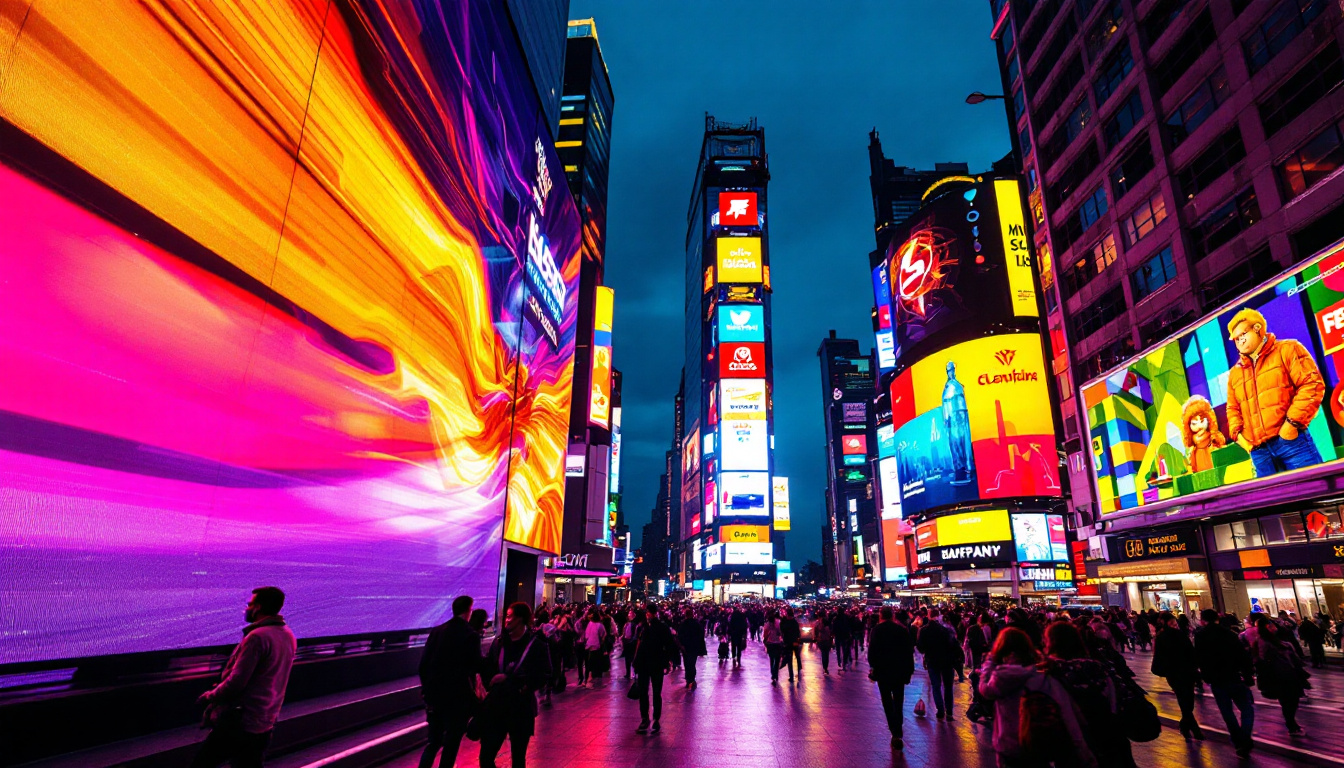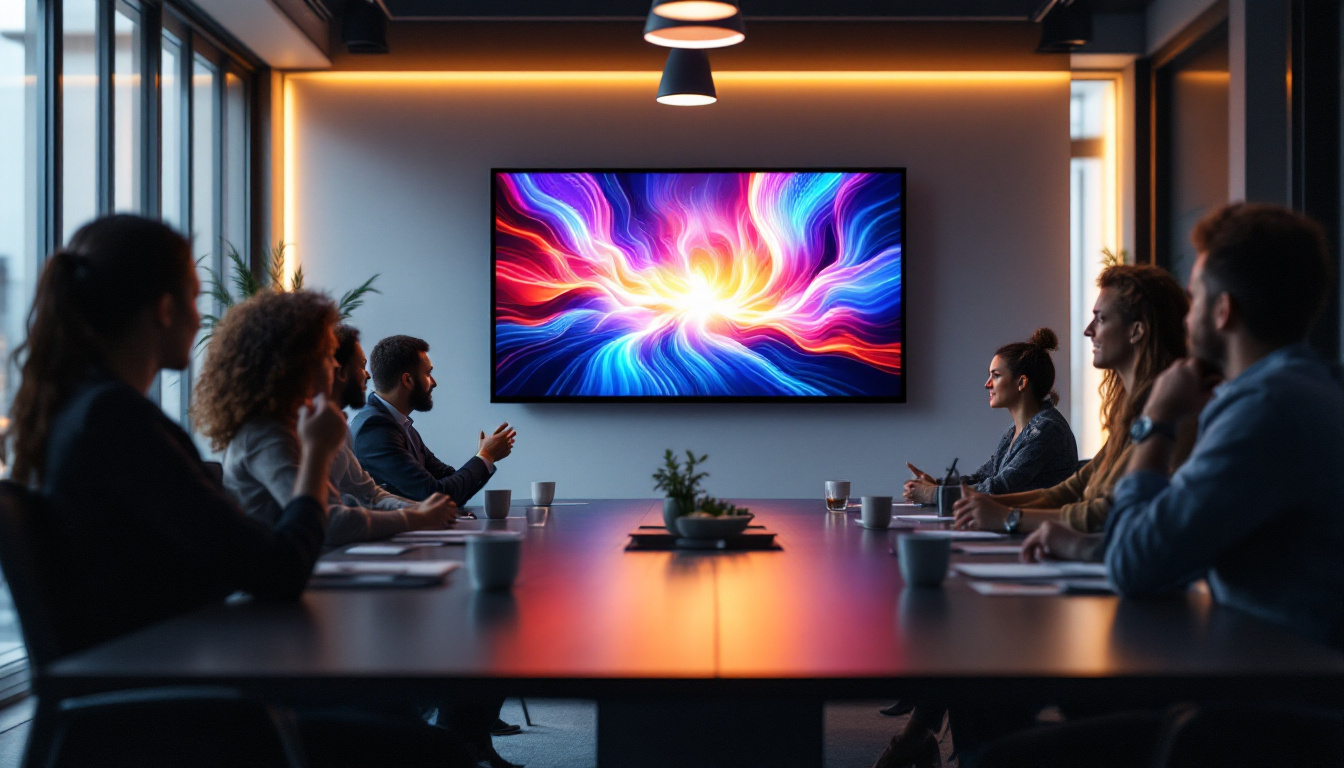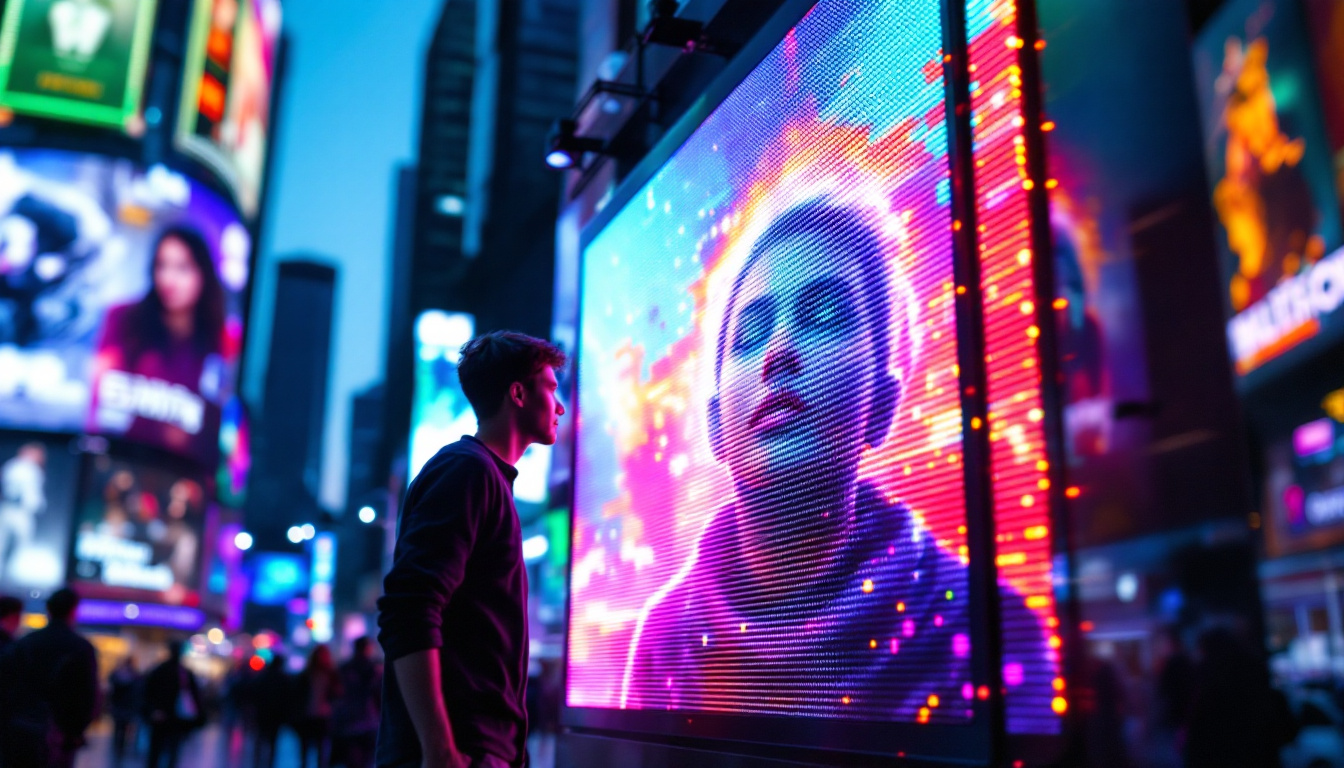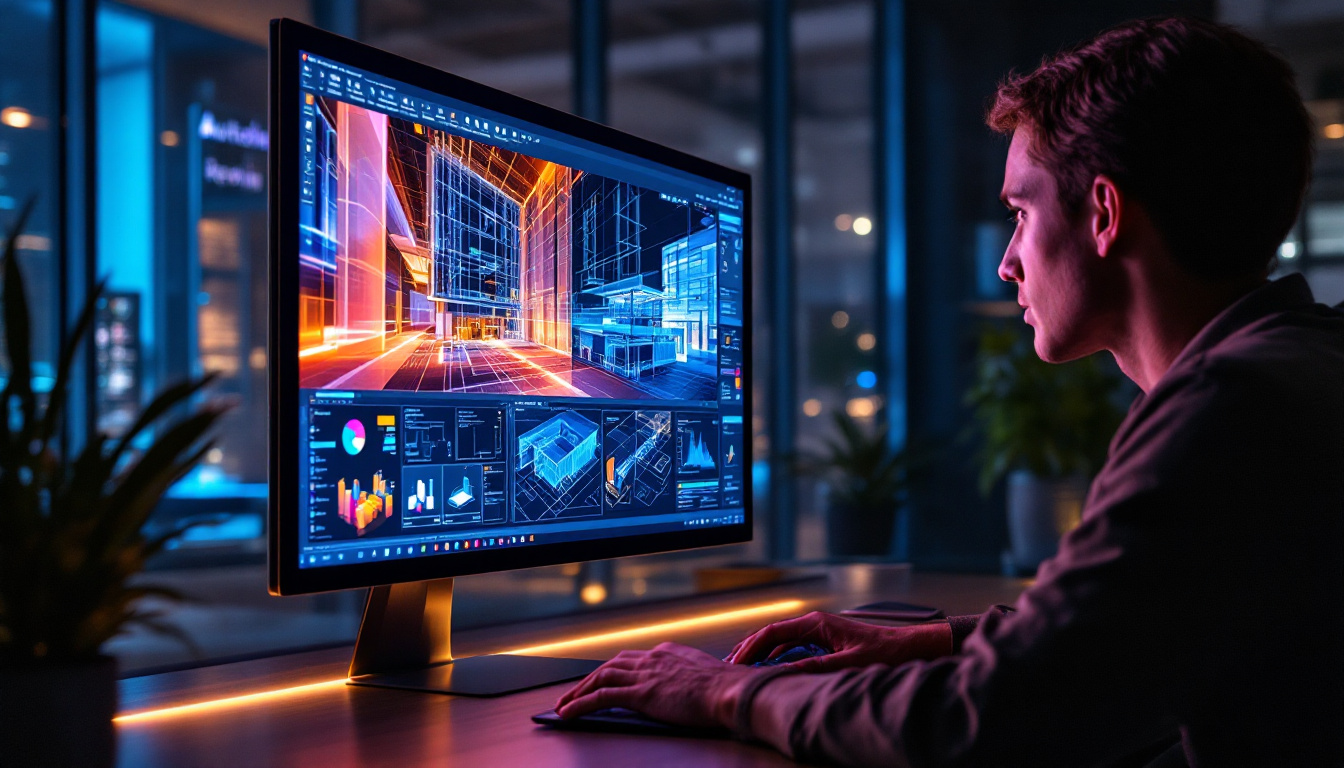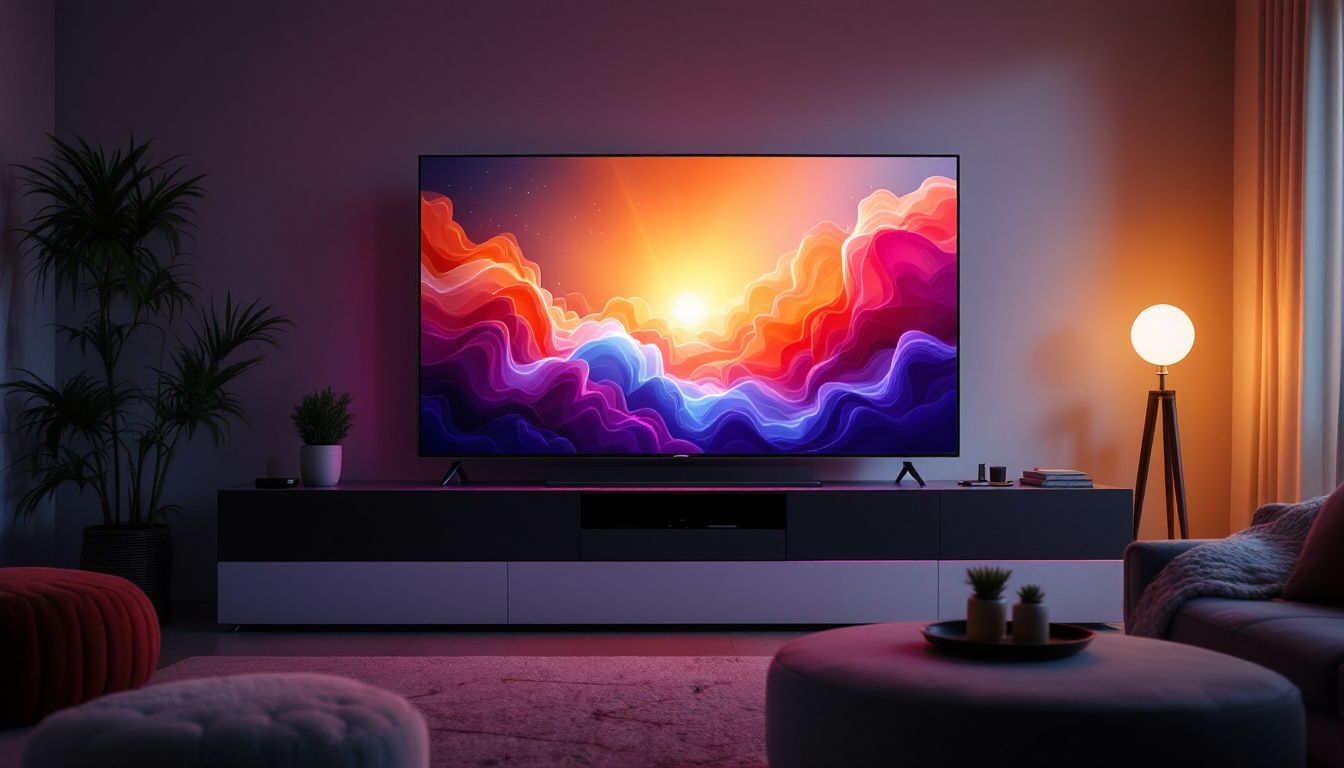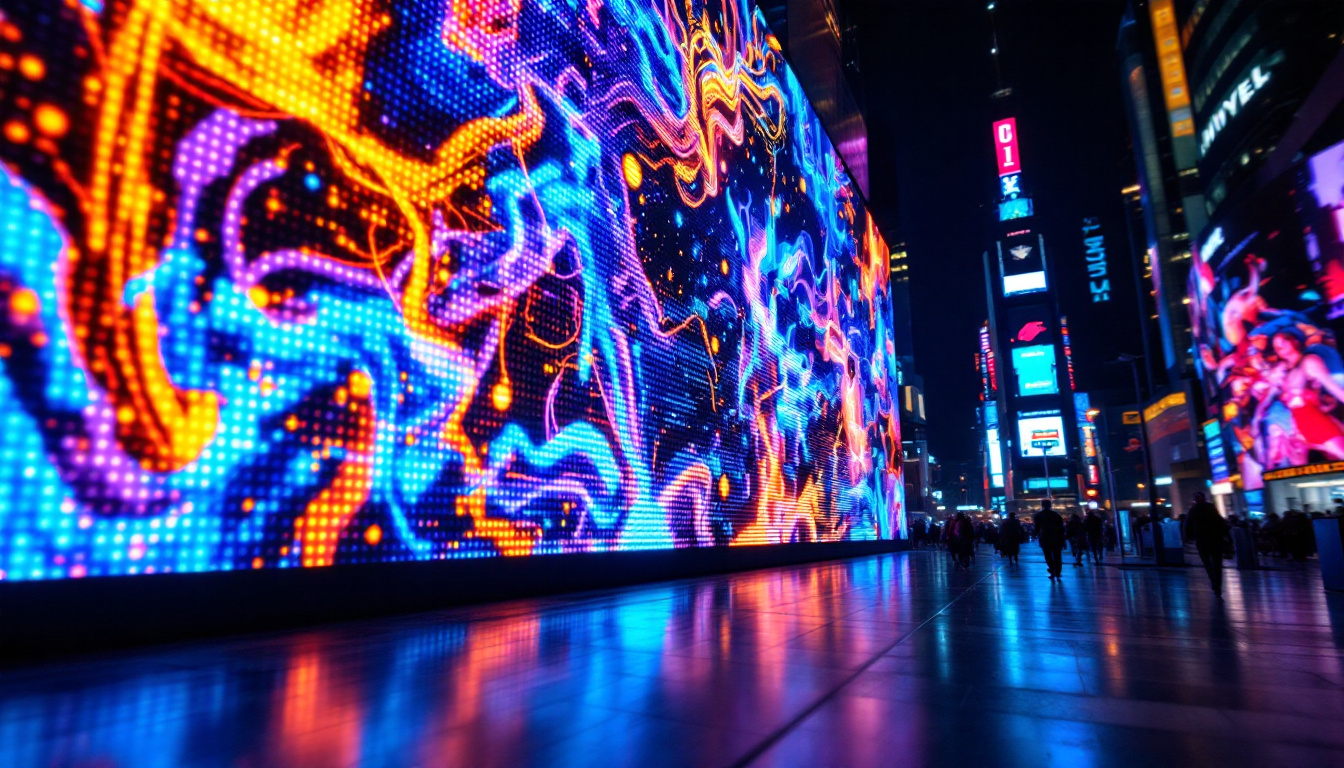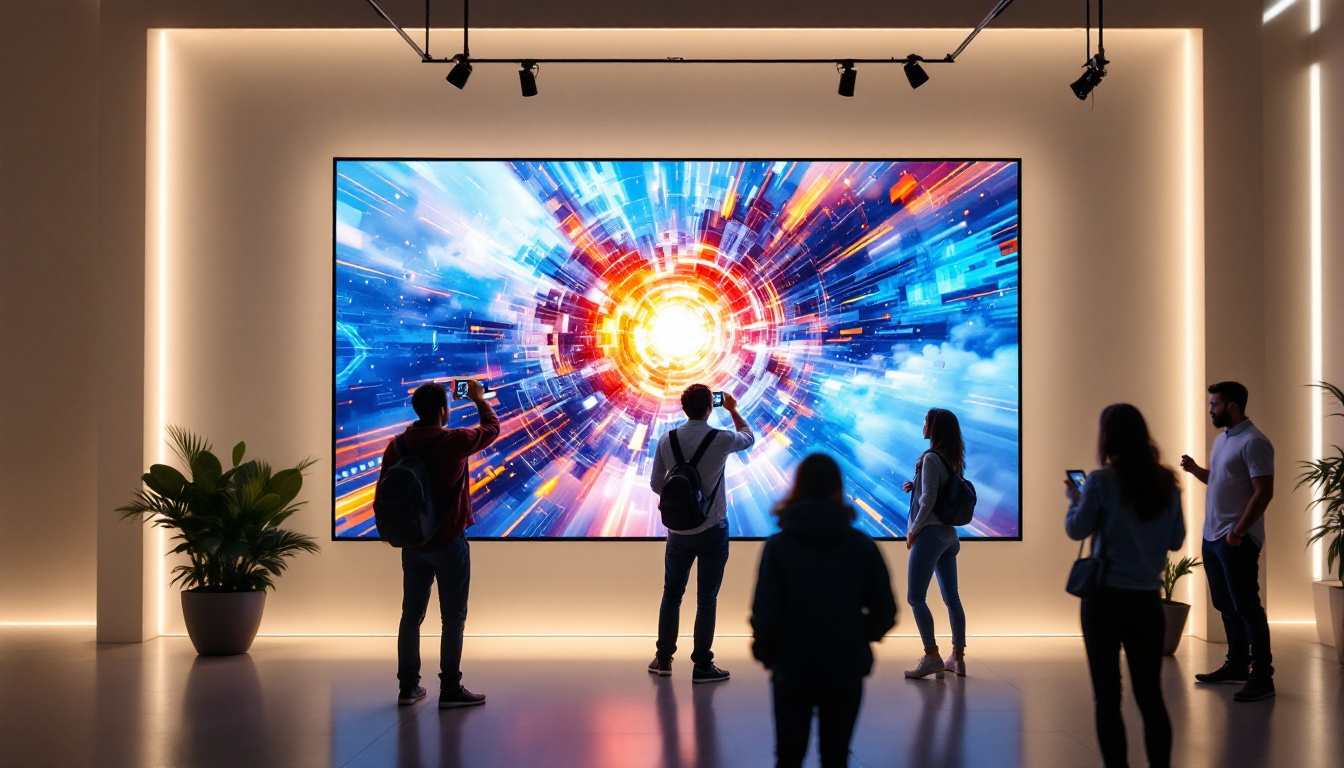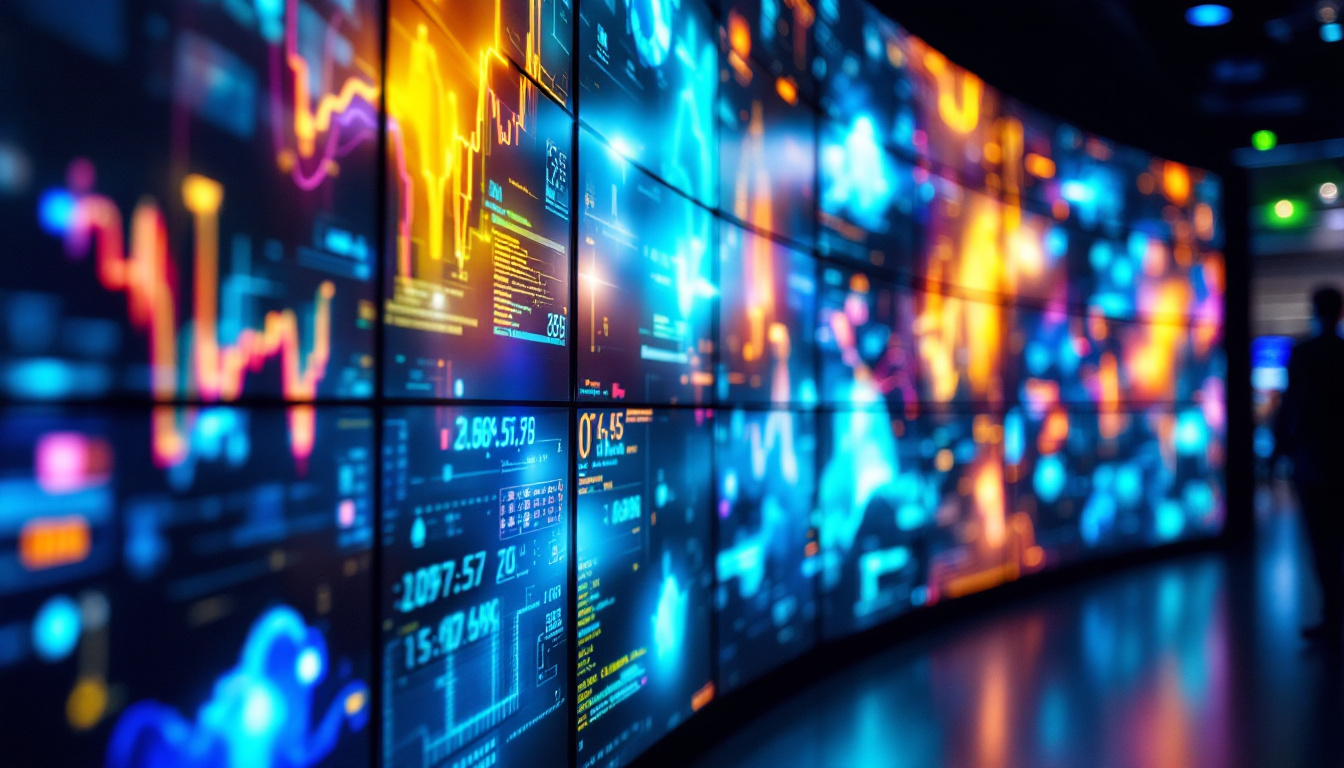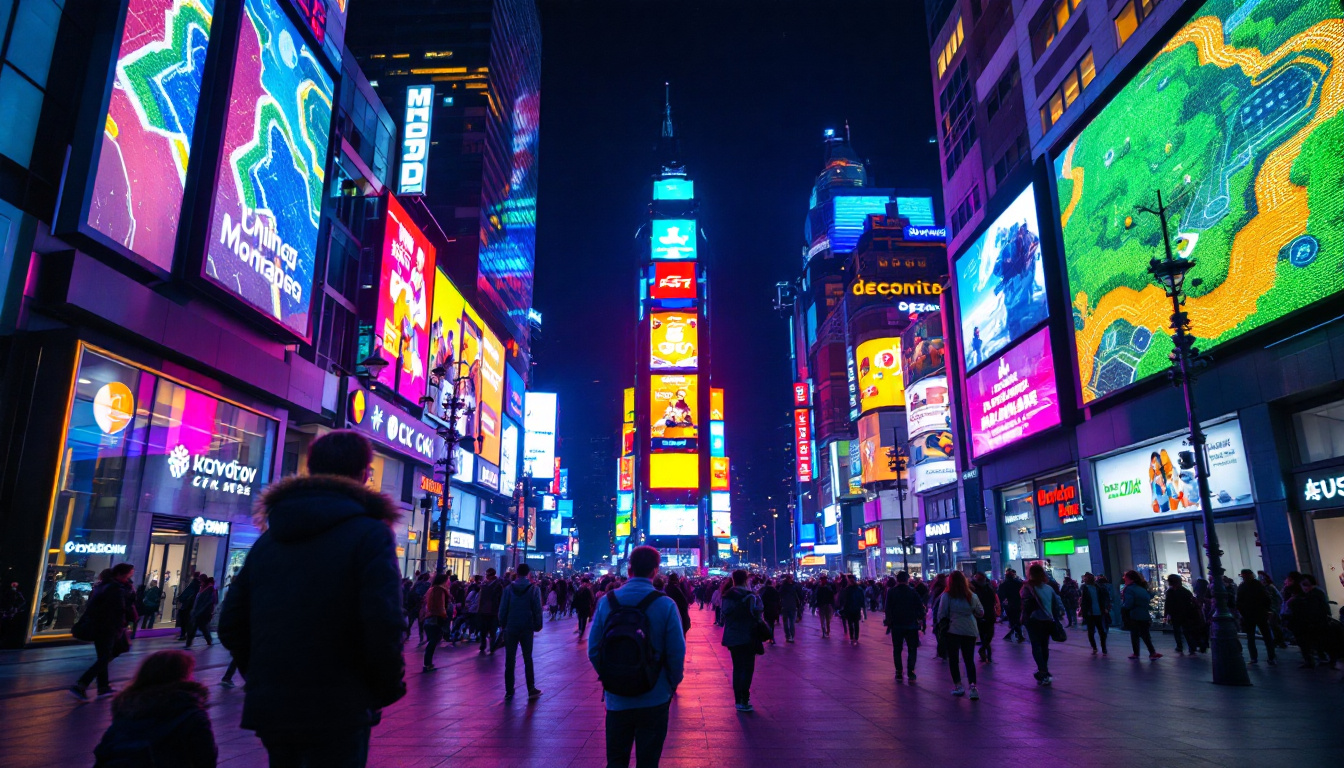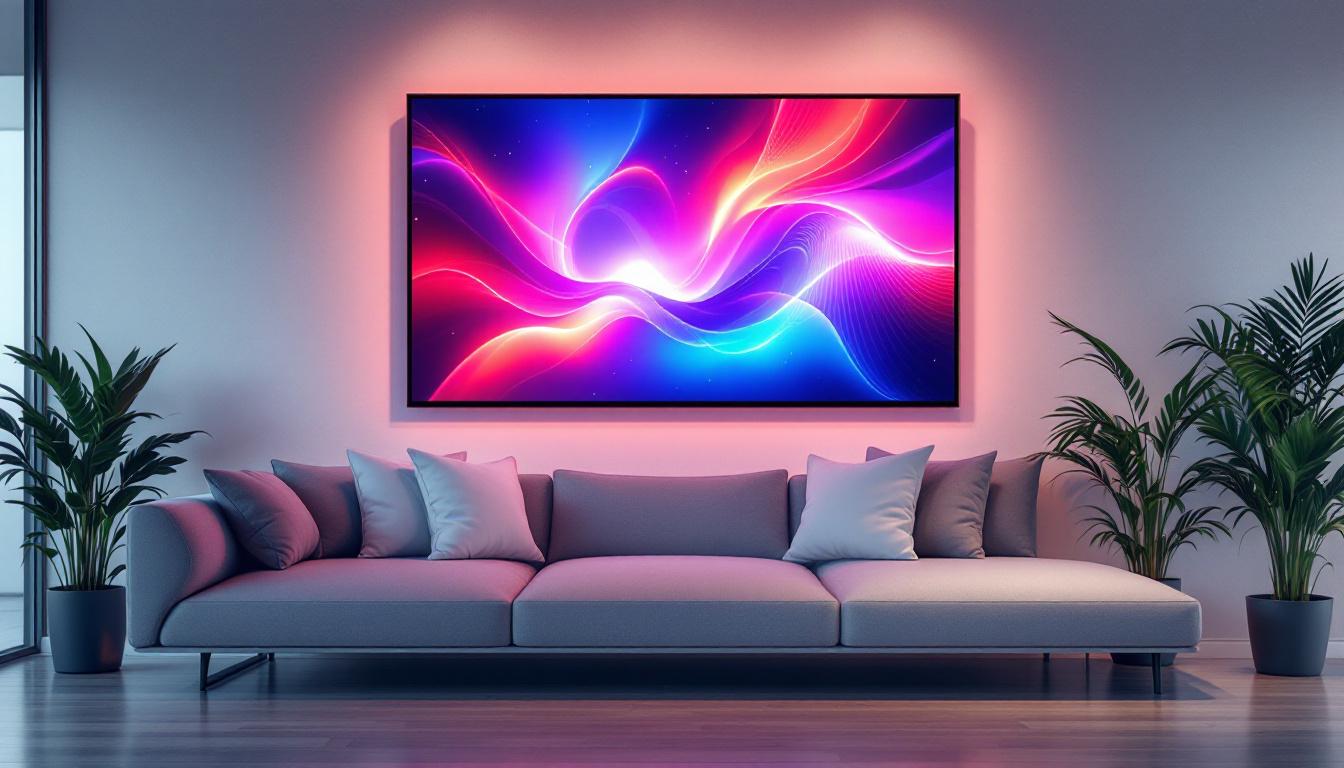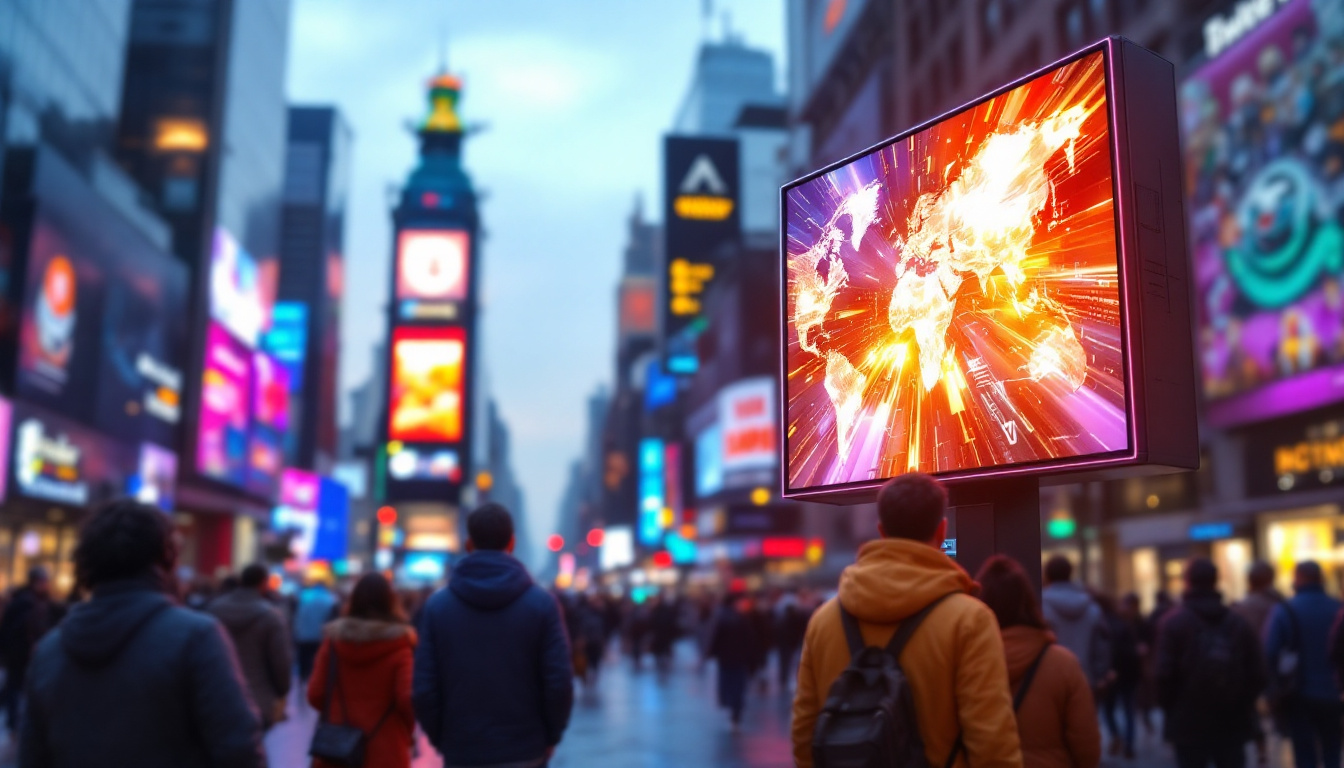In the world of modern technology, LED displays have become ubiquitous, transforming how we consume information and entertainment. From large outdoor billboards to small handheld devices, LED (Light Emitting Diode) technology has revolutionized visual displays. This article delves into the intricacies of LED displays, focusing on the significance of the 1000 of 500 specification, and exploring various aspects that make LED displays a preferred choice across multiple applications.
Understanding LED Technology
LED technology is based on the principle of electroluminescence, where a semiconductor emits light when an electric current passes through it. This fundamental characteristic of LEDs allows for energy-efficient lighting solutions that produce bright, vivid colors. The versatility of LEDs has led to their widespread adoption in various applications, including televisions, computer monitors, and signage. Beyond their practical applications, LEDs also contribute to sustainability efforts, as they consume significantly less energy than traditional lighting solutions, leading to lower carbon footprints and reduced electricity bills for consumers and businesses alike.
How LEDs Work
At the core of LED technology are semiconductor materials, typically composed of elements like gallium, arsenic, or phosphor. When an electric current flows through these materials, electrons recombine with holes, releasing energy in the form of photons, which is visible light. This process is highly efficient, resulting in minimal heat production compared to traditional incandescent bulbs. The lifespan of LEDs is another remarkable feature, often lasting up to 25,000 hours or more, which translates to years of use without the need for replacement, making them a cost-effective solution in the long run.
The color of the emitted light depends on the materials used in the semiconductor. By combining different colors, such as red, green, and blue (RGB), LED displays can produce a full spectrum of colors, enhancing the visual experience for viewers. This capability has not only transformed home entertainment but has also revolutionized industries such as advertising and art, where vibrant displays can capture attention and convey messages more effectively than ever before.
The Evolution of LED Displays
LED displays have evolved significantly since their inception. Initially, they were limited to simple indicator lights and numeric displays. However, advancements in technology have led to the development of full-color displays that can showcase dynamic images and videos. The introduction of high-definition LED screens has further pushed the boundaries of visual technology, allowing for sharper images and more immersive experiences in both personal and professional settings.
Today, LED displays are categorized into various types, including direct-view LED displays, LED-backlit LCDs, and OLED (Organic LED) displays. Each type has its unique advantages and applications, catering to different market needs. For instance, OLED displays are known for their exceptional contrast ratios and flexibility, enabling innovative designs such as curved screens and ultra-thin panels. As technology continues to advance, the integration of smart features into LED displays is becoming increasingly common, allowing for connectivity with other devices and enhancing user interactivity. This evolution not only reflects the rapid pace of innovation in the field but also highlights the potential for future developments that could further enhance how we experience visual media.
Decoding the 1000 of 500 Specification
The specification “1000 of 500” refers to the pixel density of an LED display, indicating the number of pixels per unit area. This metric is crucial for determining the clarity and detail of the displayed images. A higher pixel density results in sharper images, making it particularly important for applications where detail is paramount.
Understanding Pixel Density
Pixel density is typically measured in pixels per inch (PPI) or pixels per square meter (P/m²). In the case of “1000 of 500,” it can be interpreted as 1000 pixels in width and 500 pixels in height. This results in a total of 500,000 pixels on the display. Higher pixel counts lead to better resolution, enabling the display to render fine details and vibrant colors.
For example, a display with a pixel density of 1000 of 500 would be ideal for applications such as advertising, where visual impact is crucial. The high pixel count allows for crisp images that can attract attention and convey messages effectively.
Applications of 1000 of 500 LED Displays
LED displays with a 1000 of 500 specification are commonly used in various sectors, including retail, entertainment, and transportation. In retail environments, these displays can showcase high-resolution advertisements, drawing in customers with eye-catching visuals.
In entertainment, large-scale LED displays are used in concerts and sporting events to provide audiences with a clear view of performances and scores. Additionally, transportation hubs, such as airports and train stations, utilize these displays for real-time information, ensuring passengers are well-informed.
Moreover, the versatility of the 1000 of 500 specification allows for creative applications in art installations and public displays. Artists often leverage the high pixel density to create immersive experiences, where intricate details can be appreciated from various distances. This capability transforms ordinary spaces into dynamic environments that engage viewers and provoke thought.
Furthermore, the technology behind these displays continues to evolve, with advancements in LED technology leading to improved brightness and color accuracy. This means that displays can be used effectively in both indoor and outdoor settings, even in direct sunlight. As a result, the “1000 of 500” specification is not just a technical measurement; it represents a bridge between technology and creativity, enabling a wide range of innovative uses across different fields.
Advantages of LED Displays
LED displays offer numerous advantages over traditional display technologies, making them a popular choice for various applications. Understanding these benefits can help organizations make informed decisions when investing in display technology.
Energy Efficiency
One of the most significant advantages of LED displays is their energy efficiency. LEDs consume significantly less power than traditional incandescent or fluorescent lights, leading to lower energy bills and a reduced carbon footprint. This efficiency is particularly beneficial for large-scale installations, where energy costs can accumulate rapidly.
Furthermore, the longevity of LED displays contributes to their overall cost-effectiveness. With a lifespan of up to 100,000 hours, LEDs require less frequent replacements, reducing maintenance and operational costs.
Brightness and Visibility
LED displays are known for their exceptional brightness and visibility, making them suitable for both indoor and outdoor applications. Their ability to produce vibrant colors and high contrast ratios ensures that images remain clear and legible, even in direct sunlight.
This characteristic is especially important for outdoor advertising, where displays must compete with natural light. The high brightness levels of LED displays ensure that messages are conveyed effectively, regardless of environmental conditions.
Challenges and Considerations
While LED displays offer numerous advantages, they also come with certain challenges that need to be considered. Understanding these challenges can help organizations make informed decisions regarding their display technology investments.
Initial Costs
One of the primary challenges associated with LED displays is their initial cost. Although prices have decreased over the years, high-quality LED displays can still represent a significant investment. Organizations must weigh the long-term benefits against the upfront costs to determine the best course of action.
However, it is essential to consider the total cost of ownership, which includes energy savings and reduced maintenance costs over time. In many cases, the initial investment pays off in the long run due to lower operational costs.
Heat Management
LED displays generate heat during operation, which can affect their performance and longevity. Proper heat management is crucial to ensure that the displays operate efficiently and do not suffer from thermal damage.
Many LED display manufacturers incorporate cooling systems or design features to mitigate heat buildup. Ensuring adequate ventilation and monitoring temperature levels can help maintain optimal performance and extend the lifespan of the display.
Future Trends in LED Display Technology
The LED display industry is continually evolving, with new technologies and trends emerging regularly. Staying informed about these trends can help organizations remain competitive and make informed decisions regarding their display technology investments.
Advancements in Resolution
As consumer demand for higher resolution displays continues to grow, manufacturers are investing in advancements that push the boundaries of pixel density. Technologies such as microLED and miniLED are paving the way for displays with even greater resolution and color accuracy.
These advancements will enable LED displays to deliver stunning visuals, making them suitable for applications that require exceptional detail, such as medical imaging and high-end entertainment.
Integration with Smart Technology
The integration of LED displays with smart technology is another trend gaining traction. Smart LED displays can connect to the internet, allowing for real-time content updates and remote management. This capability enhances the versatility of LED displays, making them ideal for dynamic advertising and information dissemination.
Additionally, the incorporation of artificial intelligence (AI) can further enhance the functionality of LED displays, enabling personalized content delivery based on audience behavior and preferences.
Conclusion
LED displays, particularly those with a specification of 1000 of 500, represent a significant advancement in display technology. Their energy efficiency, brightness, and versatility make them a preferred choice across various applications. While challenges such as initial costs and heat management exist, the long-term benefits often outweigh these concerns.
As technology continues to evolve, LED displays will likely become even more advanced, integrating with smart technologies and offering higher resolutions. Organizations looking to invest in display technology should consider the unique advantages of LED displays and how they can enhance their operations and customer engagement.
In summary, understanding the intricacies of LED displays, including specifications like 1000 of 500, can empower businesses to make informed decisions that align with their goals and enhance their visual communication strategies.
Discover LumenMatrix’s Advanced LED Display Solutions
Ready to elevate your visual communication strategy with the latest in LED display technology? LumenMatrix is at the forefront of innovation, offering a diverse range of LED display solutions tailored to meet your needs. From captivating Indoor LED Wall Displays to dynamic Outdoor LED Wall Displays, and from versatile Vehicle LED Displays to engaging LED Sports Displays, our products are designed to enhance brand visibility and create immersive visual experiences. Explore our cutting-edge LED Poster Displays, Floor LED Displays, Custom LED Displays, All-in-One LED Displays, and LED Transparent Displays. Embrace the future of digital signage with LumenMatrix and transform how your business connects with audiences. Check out LumenMatrix LED Display Solutions today and start making a lasting impact.

